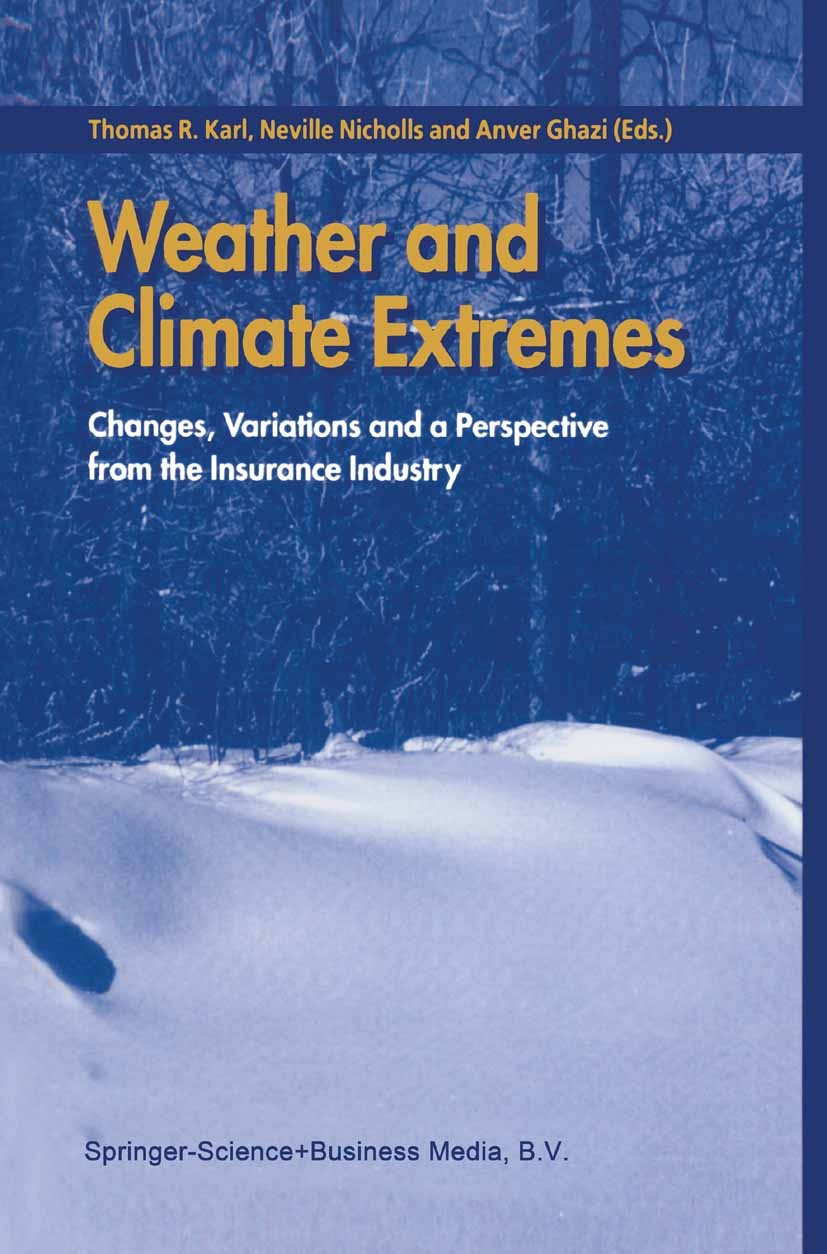Beyond simple flash drought detection: An operational index to analyse the development speed of droughts at global scale
IF 6.9
1区 地球科学
Q1 METEOROLOGY & ATMOSPHERIC SCIENCES
引用次数: 0
Abstract
Research interest on flash droughts has recently risen due to the challenges posed on drought early warning and management systems. Since the main characteristic of flash drought is a rapid initial development, we first implemented a novel index capturing this feature, and then tested it against different existing ones. The proposed index does not aim at capturing only flash droughts, but it can be used to characterize the initial development speed of all types of droughts. A selected set of events were classified with an expert-based semi-quantitative approach and used to evaluate the indices. The main finding points to the Initial Development Rate in the first 3 dekads (about 30 days) of the event (IDR3) as a robust metric. A global analysis of the index highlights: 1) south-eastern Asia and the Amazon basin as hotspots with faster mean development rates; 2) Australia and the western US as areas characterized by slow events, on average. Additionally, our analysis identifies a strong seasonal component in the IDR3, with some clear relationships with climatic and environmental factors such as annual average precipitation, temperature, soil moisture, and vegetation mass. High soil moisture content and air temperature, and low vegetation amount, seem to be among the main variables controlling the speed of development. Following these results, the IDR3 seems to be a suitable index for drought forecasts aiming at anticipating the occurrence of rapid developing droughts.
超越简单的突发性干旱探测:在全球范围内分析干旱发展速度的操作指数
由于干旱预警和管理系统面临的挑战,近年来对突发性干旱的研究兴趣日益浓厚。由于突发性干旱的主要特征是初始发展迅速,我们首先实现了一个捕捉这一特征的新指数,然后对不同的现有指数进行了测试。拟议的指数并不仅仅旨在捕捉突发性干旱,但它可以用来描述所有类型干旱的初始发展速度。使用基于专家的半定量方法对选定的一组事件进行分类,并用于评估指标。主要发现指向事件的前30年(约30天)的初始开发速率(IDR3)是一个可靠的度量。对该指数的全球分析表明:1)东南亚和亚马逊流域是平均发展速度较快的热点地区;2)平均而言,澳大利亚和美国西部以缓慢事件为特征。此外,我们的分析确定了IDR3中强烈的季节性成分,与气候和环境因素(如年平均降水量、温度、土壤湿度和植被质量)有一些明确的关系。土壤含水量和气温高,植被数量少,似乎是控制发展速度的主要变量之一。根据这些结果,IDR3似乎是一个适合干旱预测的指数,旨在预测快速发展的干旱的发生。
本文章由计算机程序翻译,如有差异,请以英文原文为准。
求助全文
约1分钟内获得全文
求助全文
来源期刊

Weather and Climate Extremes
Earth and Planetary Sciences-Atmospheric Science
CiteScore
11.00
自引率
7.50%
发文量
102
审稿时长
33 weeks
期刊介绍:
Weather and Climate Extremes
Target Audience:
Academics
Decision makers
International development agencies
Non-governmental organizations (NGOs)
Civil society
Focus Areas:
Research in weather and climate extremes
Monitoring and early warning systems
Assessment of vulnerability and impacts
Developing and implementing intervention policies
Effective risk management and adaptation practices
Engagement of local communities in adopting coping strategies
Information and communication strategies tailored to local and regional needs and circumstances
 求助内容:
求助内容: 应助结果提醒方式:
应助结果提醒方式:


